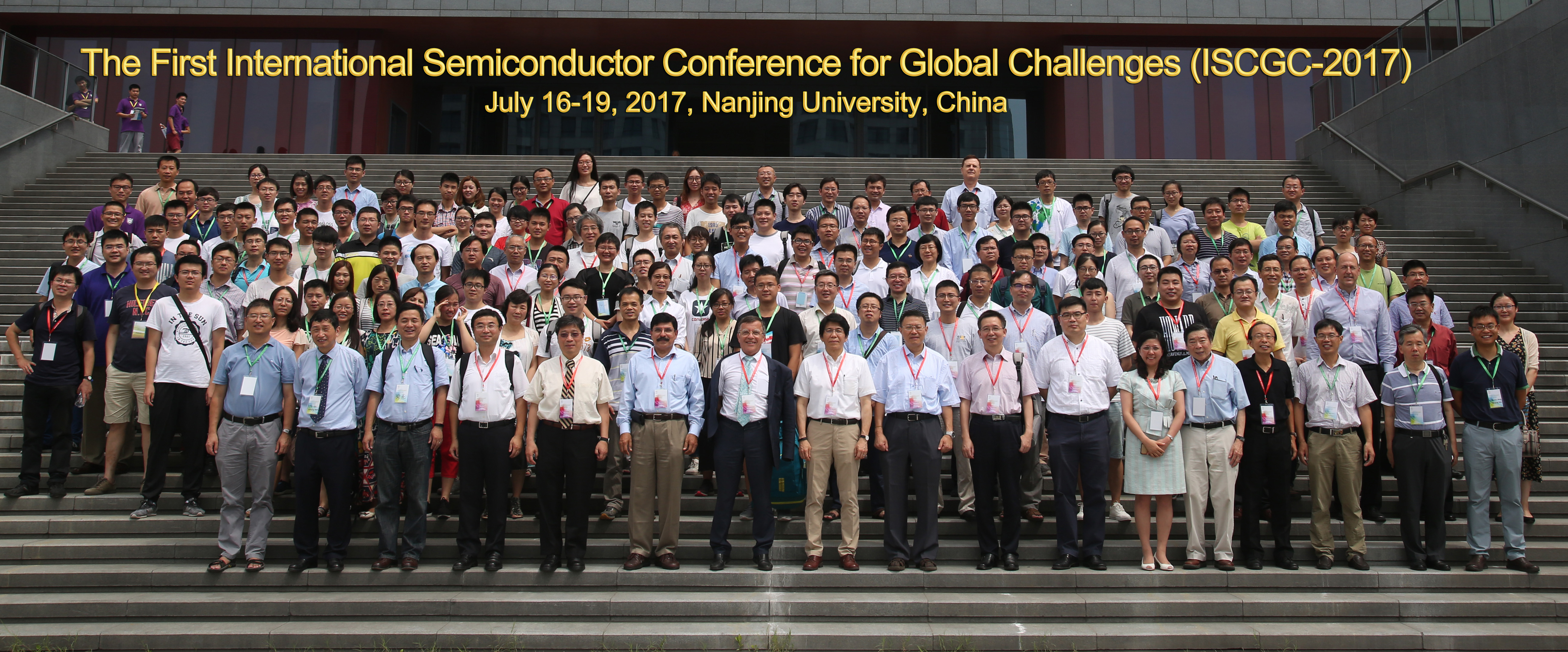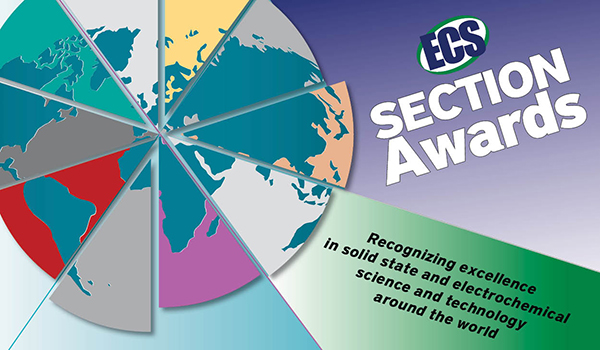 Nomination Deadline: September 30, 2017
Nomination Deadline: September 30, 2017
The Electrochemical Society has a new award!
You are invited to nominate qualified candidates for the new ECS India Section S.K. Rangarajan Graduate Student Award.
The S.K. Rangarajan Graduate Student Award was recently established to assist a deserving student in India to pursue a career in disciplines related to electrochemistry and solid state science and technology. The award was created to honor the memory of Dr. S.K. Rangarajan for his dedication and contributions to our fields. The award consists of a framed certificate, a $500 (U.S.) prize and complimentary ECS membership for one year. Explore the full award details on the ECS website prior to completing the electronic application.
P.S. The S.K. Rangarajan Graduate Student Award is the most recent addition to the ECS honors and awards program, one that has recognized professional and volunteer achievement within our multi-disciplinary sciences for decades. Learn more about various forms of recognition and those who share the spotlight as past award winners.


 Researchers have created a new method to more efficiently convert potato waste into ethanol. The findings may lead to reduced production costs for biofuel in the future and add extra value for chip makers.
Researchers have created a new method to more efficiently convert potato waste into ethanol. The findings may lead to reduced production costs for biofuel in the future and add extra value for chip makers.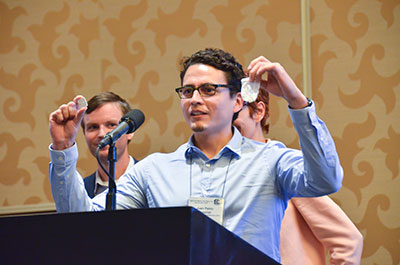
 While pursing work on the highly desirable but technically challenging lithium-air battery, researchers unexpectedly discovered a new way to capture and store carbon dioxide. Upon creating a design for a lithium-CO2 battery, the research team found a way to isolate solid carbon dust from gaseous carbon dioxide, all while being able to separate oxygen.
While pursing work on the highly desirable but technically challenging lithium-air battery, researchers unexpectedly discovered a new way to capture and store carbon dioxide. Upon creating a design for a lithium-CO2 battery, the research team found a way to isolate solid carbon dust from gaseous carbon dioxide, all while being able to separate oxygen.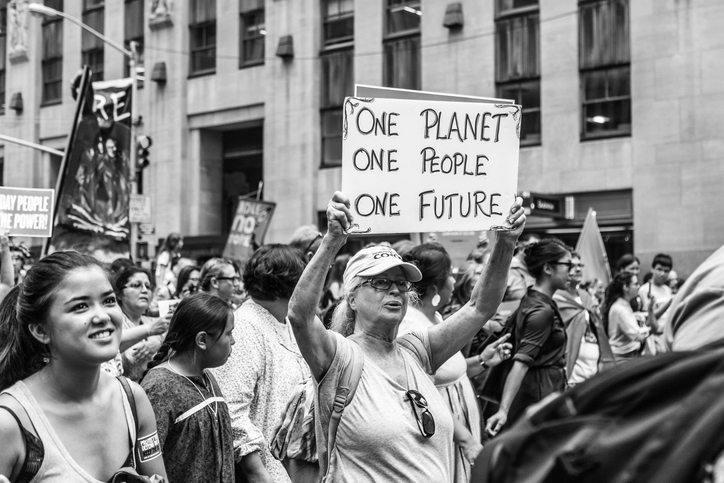 This summer I worked on the Greenland ice sheet, part of a scientific experiment to study surface melting and its contribution to Greenland’s accelerating ice losses. By virtue of its size, elevation and currently frozen state, Greenland has the potential to cause large and rapid increases to sea level as it melts.
This summer I worked on the Greenland ice sheet, part of a scientific experiment to study surface melting and its contribution to Greenland’s accelerating ice losses. By virtue of its size, elevation and currently frozen state, Greenland has the potential to cause large and rapid increases to sea level as it melts.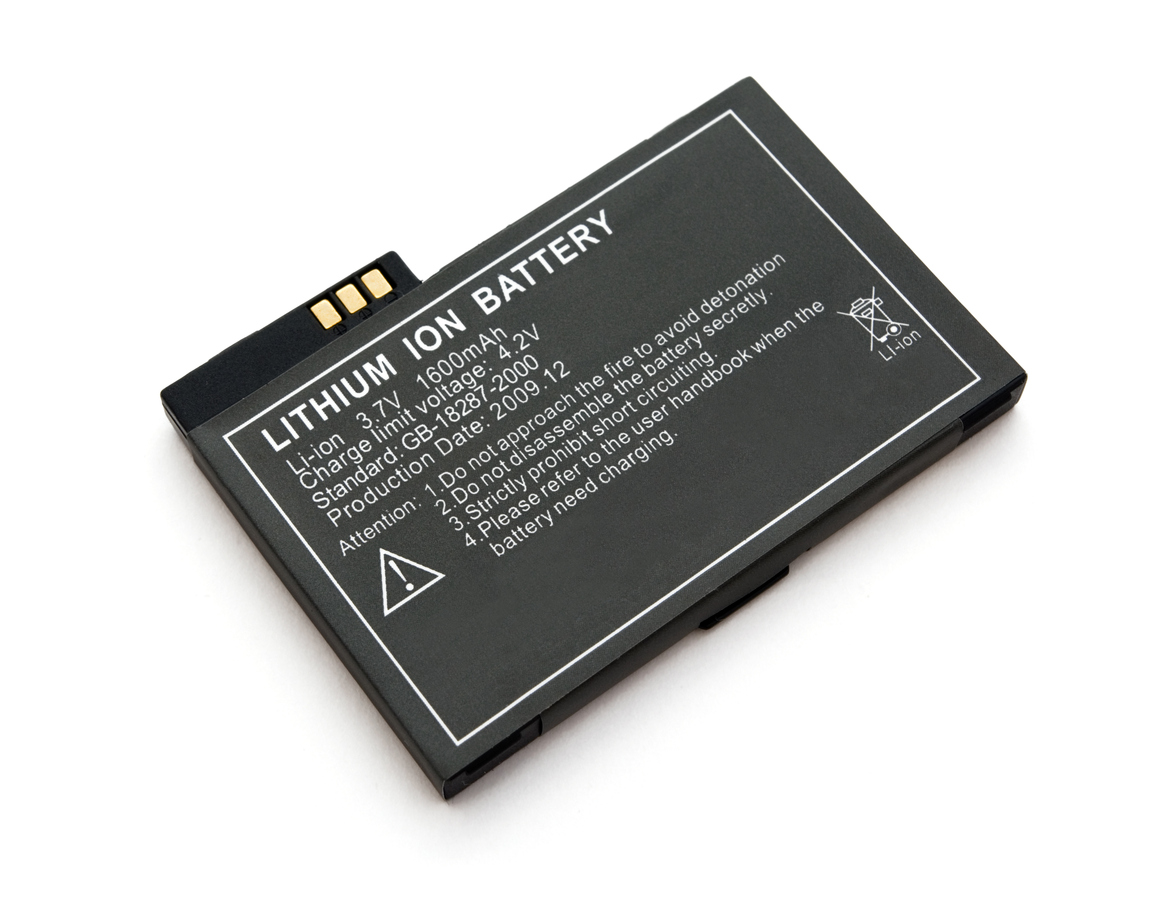 Researchers have found a new method for finding lithium, used in the lithium-ion batteries that power modern electronics, in supervolcanic lake deposits.
Researchers have found a new method for finding lithium, used in the lithium-ion batteries that power modern electronics, in supervolcanic lake deposits.